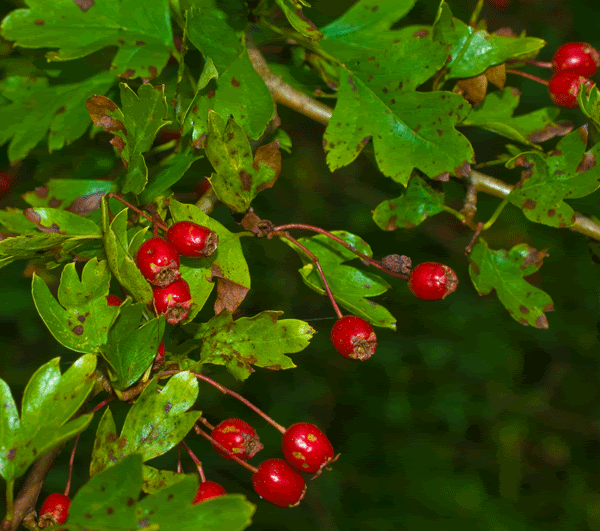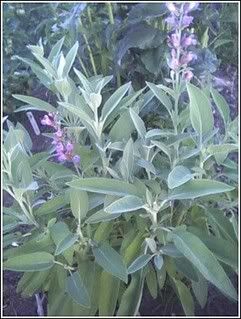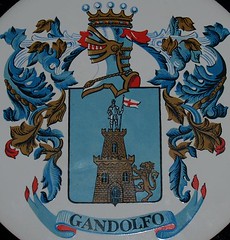RE: How To Make Alternative And Herbal Teas
From: SafetyJoe ~ Voting 3rd Party
Date: 13 Oct 2008, 00:02
..
..

Third Estate, Second Estate. No, United... States
How To Make Alternative And Herbal Teas
Hmmm, Maybe this will help with my Lemon Balm..
Tried it fresh and dried - still no flavor
From: jane
From: Martha
Date: Oct 12, 2008 11:41 PM
How To Make Alternative And Herbal Teas
Alternative Tea
Drinking alternative tea is a good way to switch from ordinary tea to herbal tea, as it tastes very similar. In Britain during the war when black tea was scarce, alternatives were made with blends of blackcurrant leaves, sage, lemon balm, raspberry leaves and hawthorn leaves..

The flavour of tea results from the tannin content of the leaves. The best teas are made from herbs with a high tannin content such as lady's mantle, strawberry leaves, raspberry leaves, blackberry leaves, blackcurrant leaves, and rosebay willow herb..
The aroma and flavour of tea is enhanced by fermentation:
1. Pick herbs as they begin to flower and leave them in the shade for 12-24 hours, so they wilt but do not dry out. You need a large quantity to ferment well..
2. Spread them in thin layers with a rolling pin to bruise the leaves..
3. Fold the leaves in a cloth..
4. Store the cloth in a warm place for 24-48 hours..
5. Dry the leaves away from sunlight, in trays or paper..

The main bulk is made up of hawthorn leaves, with smaller amounts of sage, lemon balm, woodruff, and blackcurrant leaves for flavour..
The major part is made up of blackcurrant leaves (or blackberry leaves) and sage, with minor parts of hawthorn leaves, lemon balm and woodruff..

This tea is made from common or heath speedwell -- used as a tea substitute in 19th Century France..

Heather tops and flowers make up the main bulk of this tea with lesser amounts of dried bilberry leaves, blackberry leaves, wild strawberry leaves, speedwell and thyme. Alternative Ceylon, English, Moorland and Thé d'Europe are made using the fermenting method described above..

Experiment and make your own blends. For example, mix blackberry, strawberry and raspberry leaves with a dash of peppermint or thyme for flavour; raspberry, blackberry and rosebay willow; or lady’s mantle and raspberry leaves flavoured with peppermint..
Some other herbs that work well in alternative teas are: herb Robert - blends well with lemon balm and blackcurrant; white deadnettle leaves and flowers; nettles, goose grass (cleavers -- related to woodruff); catnip, wood betony, chickweed, meadowsweet, and orange mint (also known as bergamot mint and eau-de-cologne mint).. My favourite tea is a blend of herb Robert and lemon verbena - a very refreshing and relaxing tea with a lovely taste. I use dried unfermented herbs.. Lemon verbena has many exotic botanical names: aloysia triphylla, verbena triphylla, verbena citriodora, lippia triphylla, lippia citriodora, and aloysia citriodora.. It looks and tastes gorgeous..
©Martha Magenta
Source for fermenting tea:
1. The Encyclopedia of Herbs and Herbalism, Malcolm Stuart (Ed), 1979, Orbis Publishing Ltd, London..
Images from top to bottom:
1. Blackcurrant 2. Strawberry 3. Woodruff 4. Heath speedwell 5. Heather 6. White deadnettle 7.. Lemon verbena
For a list of herb names see Botanical Herb Names

Herbal teas make healthy alternatives to tea and coffee, and are also excellent food and medicines. You can suit your choice of tea to your mood, health needs and taste..
There are many varieties of herbal tea bags available, but the tea tastes much better if you grow your own herbs in the garden and dry them yourself. That way you can mix and make your own tea blends..
There are different views about how much herb should be used in a tea and how long it should be brewed. It all depends on taste and purpose. Use about 1-2 teaspoons of dried herb per cup; triple the quantity if fresh herbs are used..
Some say you should let the tea brew for 10-15 minutes before drinking; others say you should not brew the tea for more than 3 minutes due to the excess of tannins this produces. 4-6 minutes is long enough to develop flavour, without getting too cold or stewed. (Medicinal infusions are usually steeped for several hours)..

Some herbs which make excellent tea are: peppermint -- a good digestive; blackcurrant leaves -- for acidity and arthritis; catnip -- a nerve tonic, digestive and promotes a good night’s sleep; rosemary-- a mental stimulant, for headaches; lemon balm -- uplifting tonic and digestive; nettles -- highly nutritious; sage -- digestive and hormonal balancer; and lemon verbena -- simply gorgeous. Berries such as juniper, saw palmetto, or rosehips, are great tonics - hawthorn is a specific heart tonic ..

You might prefer to use a single herb, or to experiment and make blends of herbs. You can enhance the flavour of herbs such as valerian root by adding a little peppermint or lemon balm. The taste of sage on its own is not everyone’s cup of tea, but it combines well with other herbs such as basil, lemon balm, blackcurrant leaves or thyme..
You can also make tea with seeds -- crush them first. Fennel, celery, dill, anise, and caraway seeds help indigestion, flatulence and lung congestion, and add flavour to other teas..

Flowers make delicious herbal teas: try chamomile -- soothing and calming; pot marigolds -- for a clear skin, elderflowers -- promote perspiration; linden blossom, dandelion flowers, rosemallow, or red clover..
©Martha Magenta
Images from top to bottom:
1. Rosemary 2. Hawthorn 3. Sage 4. Fennel 5.. Marigold
For a list of herb names see Botanical Herb Names..
Music: Ce Leis by Maire Brennan ( Clannad )
Click to add:


HOW TO REPOST THIS BULLETIN
1) Click the "Reply to Poster" button at the bottom of this post
2) Copy all the html code, create a new bulletin, paste the code in there
Click here to see Martha's recent bulletins



0 Comments:
Post a Comment
Subscribe to Post Comments [Atom]
<< Home